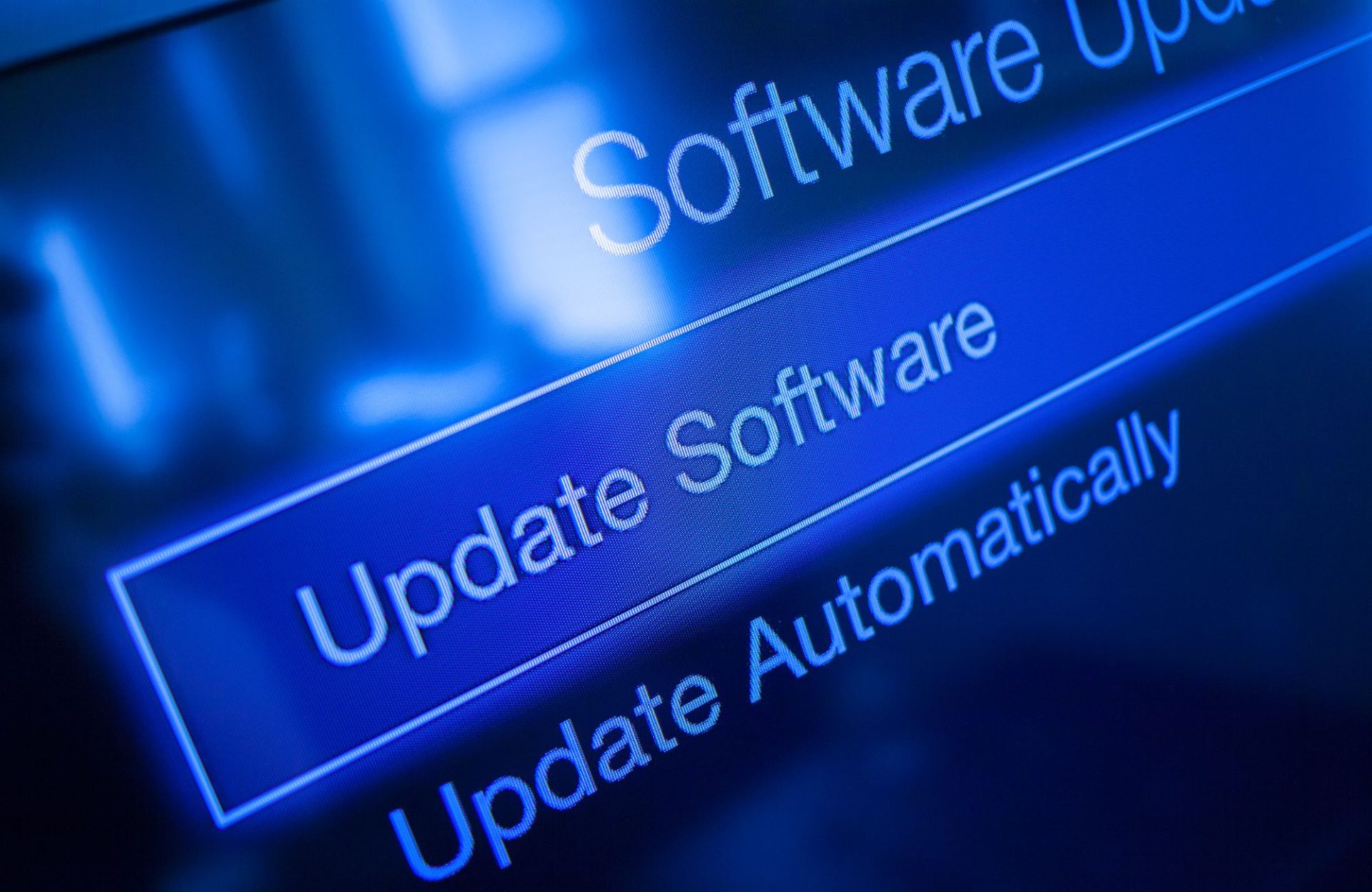Big companies like UPS, JPMorgan Chase and, most recently, Amazon, are changing their employment practices and calling employees to return to office (RTO) on a full-time basis. It’s a significant shift from post-pandemic workplace norms, and many employees who prefer the convenience of working from home have expressed concerns.
The CEOs making the RTO decisions believe that office-bound workers will increase innovation, collaboration, and productivity. They also hope that the tougher job market will prevent a mass exodus of talent.
The next two years will be a critical time in the RTO trend. In a survey of 400 U.S. CEOs conducted by KPMG, nearly 80% said they expected corporate employees to be in offices full time by 2027. That’s double the number of CEOs who were surveyed by KPMG in April 2024 in what may be a precursor of more RTO announcements to come.
For building managers, the RTO trend means that today’s under-used office buildings could be swarming with new workers in a short period of time. If that’s the case for your organization, now is the time to prepare building systems to support the worker influx.
Here are five key steps and priorities from Albireo Energy experts for getting buildings ready:
- Optimize indoor air quality (IAQ) and safety. Now is a good time to evaluate, update, and improve IAQ systems with a goal to increase the outdoor fresh air intake to improve ventilation and purge stale air. Air quality system updates include IAQ sensors, filters, motorized dampers for ventilation, and custom sequences of operation. Utilize custom building automation system (BAS) programming strategies, such as night purge, to replace stale air with cool fresh air during the night. Set a schedule to regularly check and replace air filters to maintain optimal air quality.
- Automate for comfort and productivity. When working from home, employees have control over their home office temperatures, and one complaint about returning to the office is offices being too hot or cold. Before your workers return, optimize building controls for efficiently automating things such as lighting, temperature and security. Evaluate real-time monitoring of occupancy, IAQ, and comfort using BMS tools. To take air quality up a notch, use the time before RTO to install a variable air volume (VAV) system, which provides employees more control over the comfort of their workspaces.
- Leverage energy management and sustainability analytics. Energy audits, real-time energy monitoring, and implementation of energy conservation measures (ECM). Improved analytics can validate environmental responsibility and manage energy costs.
- Aggressive maintenance and inspections. With fewer people in the building, pre-RTO is a good time to schedule comprehensive inspections of HVAC systems and BAS to identify and rectify any issues before employees return. This can include setting up independent data loggers throughout the building to measure temperature, humidity, and CO2. It’s also important to ensure garage CO sensors and associated mechanical systems are functioning properly. Last, but certainly not least, all life safety systems should be tested, particularly duct smoke detectors, smoke control systems, fire sprinklers, and emergency lighting.
- Implement BAS scheduling features. Using these features supports flexible operations by leveraging BAS to create HVAC schedules that align with employee occupancy patterns with an optimum start/stop routine and implementation.
By focusing on these areas, building owners and operators can create a healthier, more efficient workspace that supports employee well-being and organizational productivity, giving employees a few more reasons to appreciate their return to the office.
Written By Anthony Trifiletti, VP, Project Operations, and JJ Van Daele, Director of Sales, Mid-Atlantic, Albireo Energy







